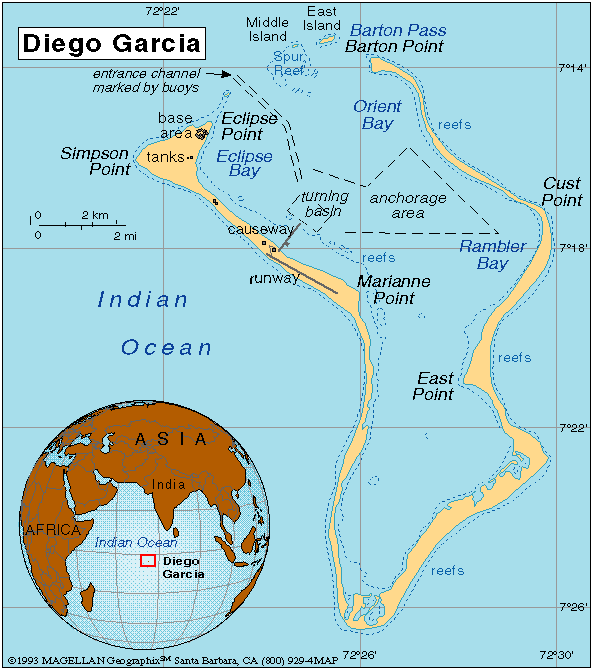
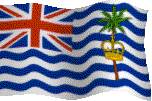


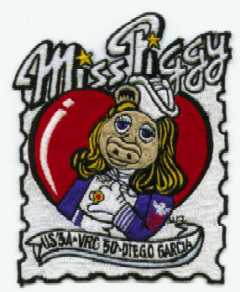
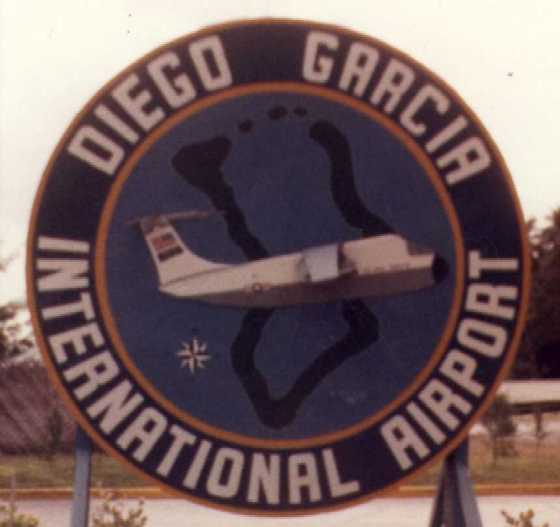
|
Hello VRC-50, My name is Ron Deanne, still a S-3 Tech Rep at NASNI, and I have thrown my hat into the ring to restore "Miss Piggy" with Mark Smoker. I was a plank owner in VRC-50 at the logbook signing ceremony in DGAR as the Lockheed Electrical/Loadmaster Rep. LCDR Bruce McKewen was the VS-38 MO and we had a great party afterward. I presently work with NATEC (formerly NAESU) and have already talked Stan (the Man) Lomax into volunteering with me on the phone today. I told him it was a Call to Arms, and if he did not, I would write his name and phone number in every head on the 03 level when the USS Midway arrives here in San Diego. I also have the original artwork for "Miss Piggy" which was painted on between the flight station and the back seats. The James Gang of Ocean Beach, who in concert with my idea and design, came up with the final artwork. Additionally, they used their silkscreen and made money for the T shirts that were purchased by VRC50 personnel. This original artwork is being scanned by Bill Haleen this weekend reworked in Photoshop 5. Finally I will take the printed final to Kinkos for the door at Hanger 314 where 157998 (RG 712) is located. We will also approach the James Gang when it comes time to donate the size for the final decals to be put on after she is painted and ready to ferry to the Midway. Regards and hope to hear from you, Ron
4353-67 Nobel Dr. Mark Smoker is the "Miss Piggy" Restoration Project Manager, (619) 575-9267.
posted: 2 July 1999 |

|

|

|

|

|

|

|

|

|

|

|

|

|

|

|

|

|

|

|

|

|

|

|
|
|
FACTS ABOUT DIEGO GARCIA
Diego Garcia is part of the British Indian Ocean Territory (BIOT) formed in 1965 from territory belonging formerly to Mauritius and the Seychelles. The island is one of 52 in the Chagos Archipelago, which extends over an area of 10,000 square miles. The archipelago is located in the heart of the Indian Ocean, south of India and between Africa and Indonesia. RECENT HISTORY
In December 1966, the United Kingdom and the United States signed a bilateral agreement making the islands of the British Indian Ocean Territory available for defense purposes to both governments. Both British and American flags fly over the island.
On 23 January 1971, a nine-man advance party from NMCB-40 landed on Diego Garcia to confirm planning information and to initiate preliminary survey for beach landing areas. Subsequently, about 50 Seabees landed on Diego Garcia. They marked underwater obstructions, installed temporary navigational aids and cleared beach areas for landing additional personnel. Then, on 20 March 1971, an additional party of 160 men arrived.
On 24 March 1971, construction began on a U.S. Naval Communication Facility on Diego Garcia. Construction was accomplished by units of the U.S. Naval Construction force (Seabees).
VRC-50 established a permanent detachment in 1982 to provide long range COD service to deployed carriers. The detachment remained until 1991. The first maintenance spaces were nothing more than 2 truck trailers. A few dets later the det moved into the old air terminal. Addtional rooms and office space was constructed by CBs in the terminal building. Soon the detachment was relocated to the VP hangar. The living accomodations for the maintenance men and women, or Pig Fixers, followed a like path. Starting out in Splinterville, then gradually moving to the older barracks. Eventually the deatachment was moved to a new BEQ. The detachment was present for many of the changes that occured on Diego Garcia. From the new control tower, to a new club, chow hall and even an additional gym. |

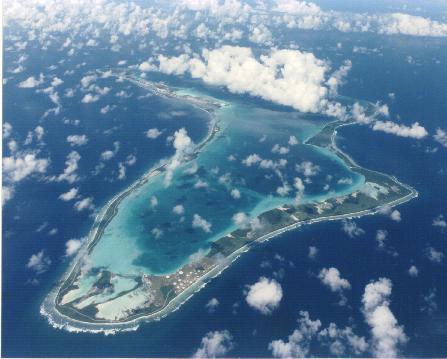
|
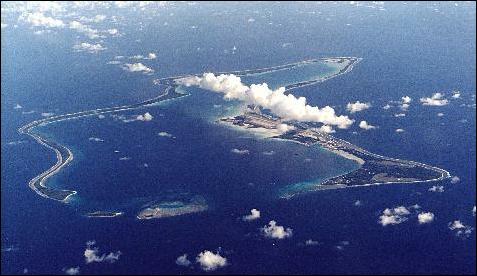
|
